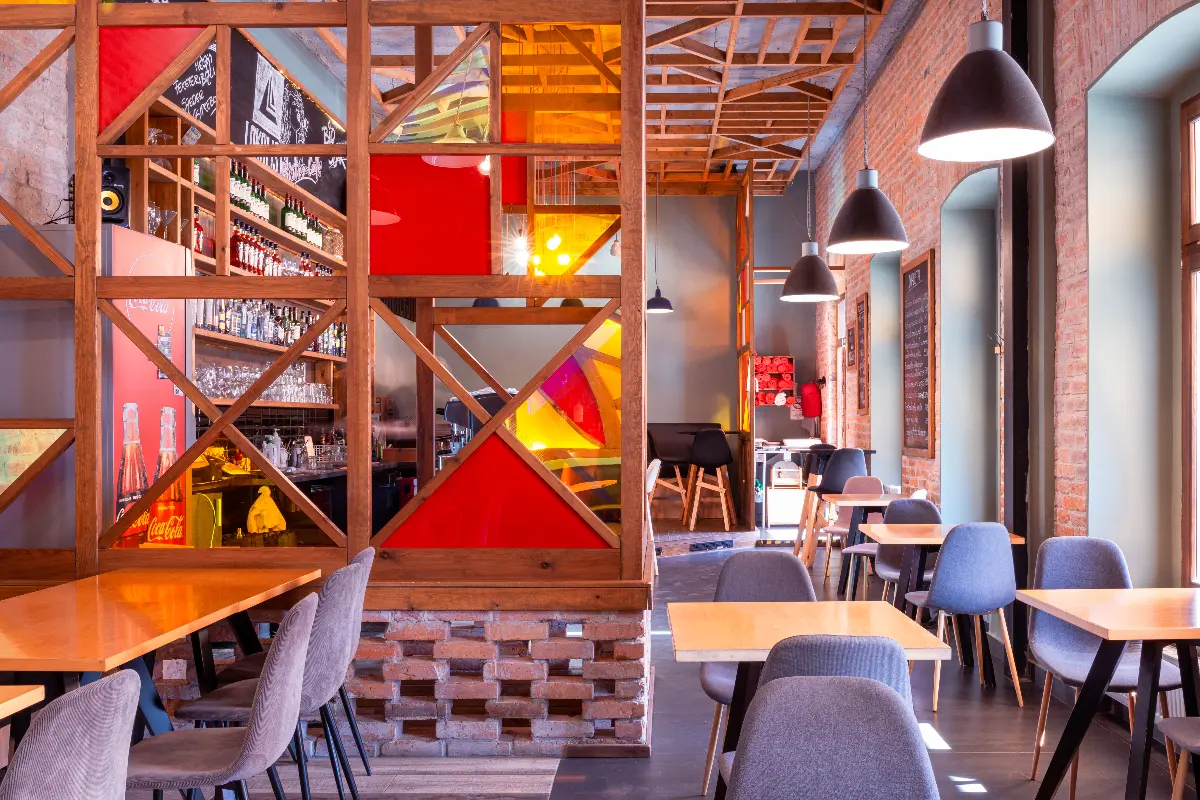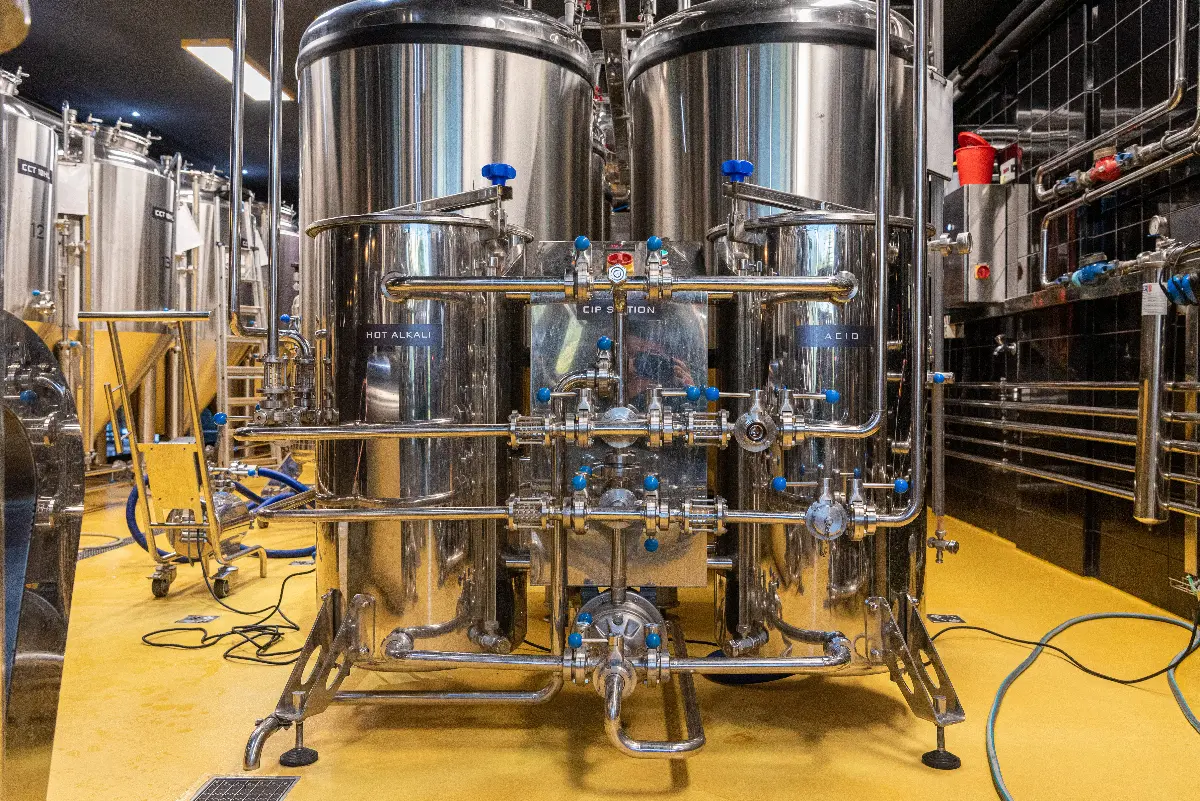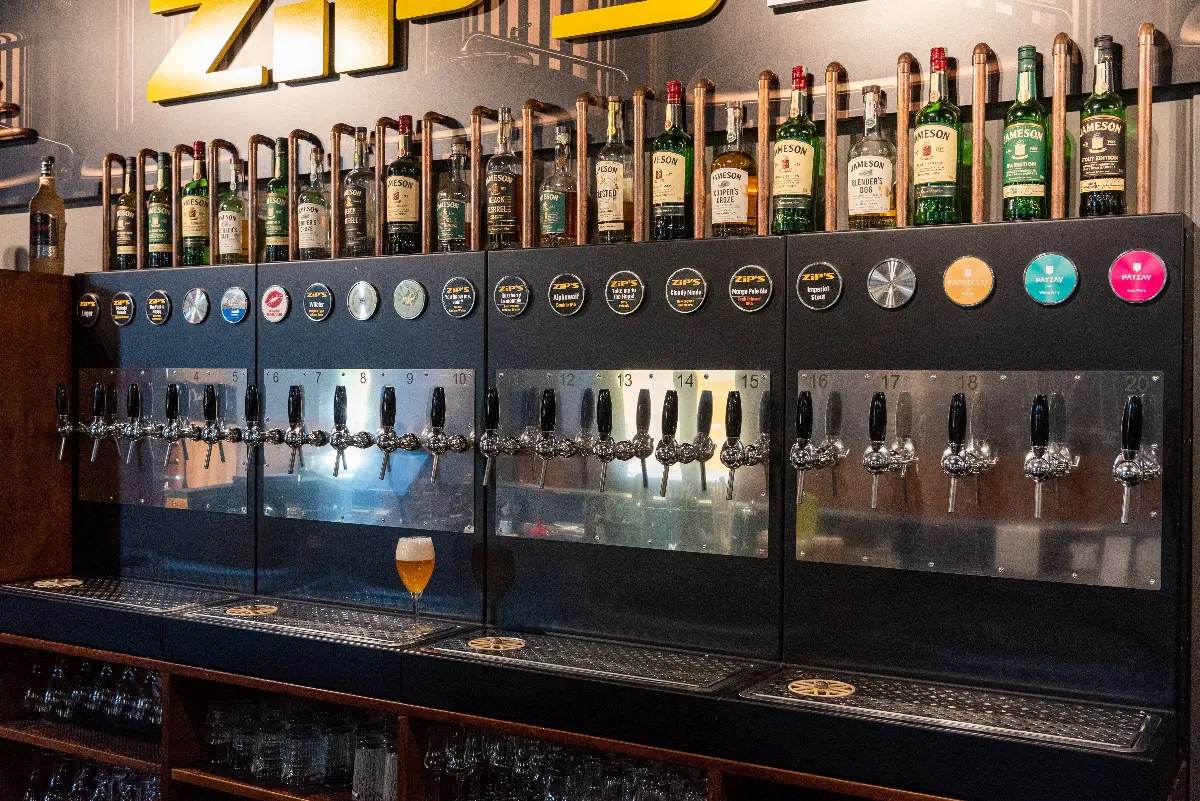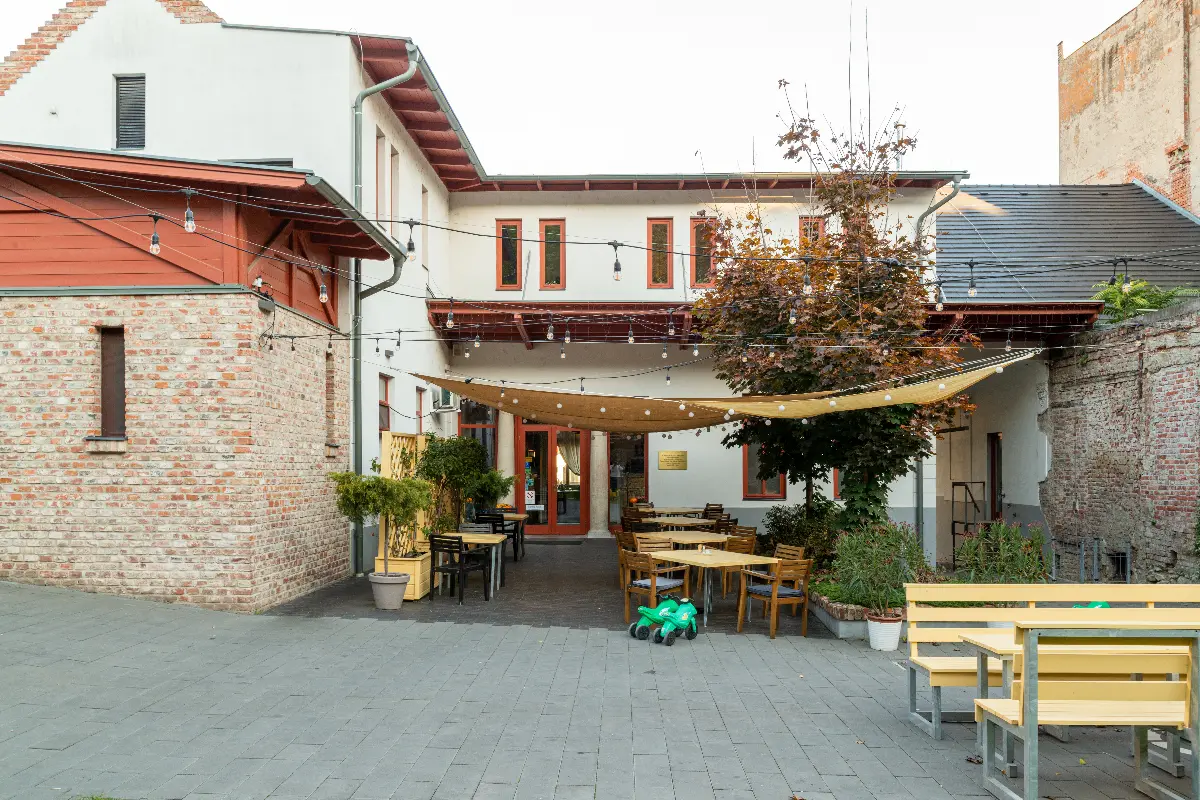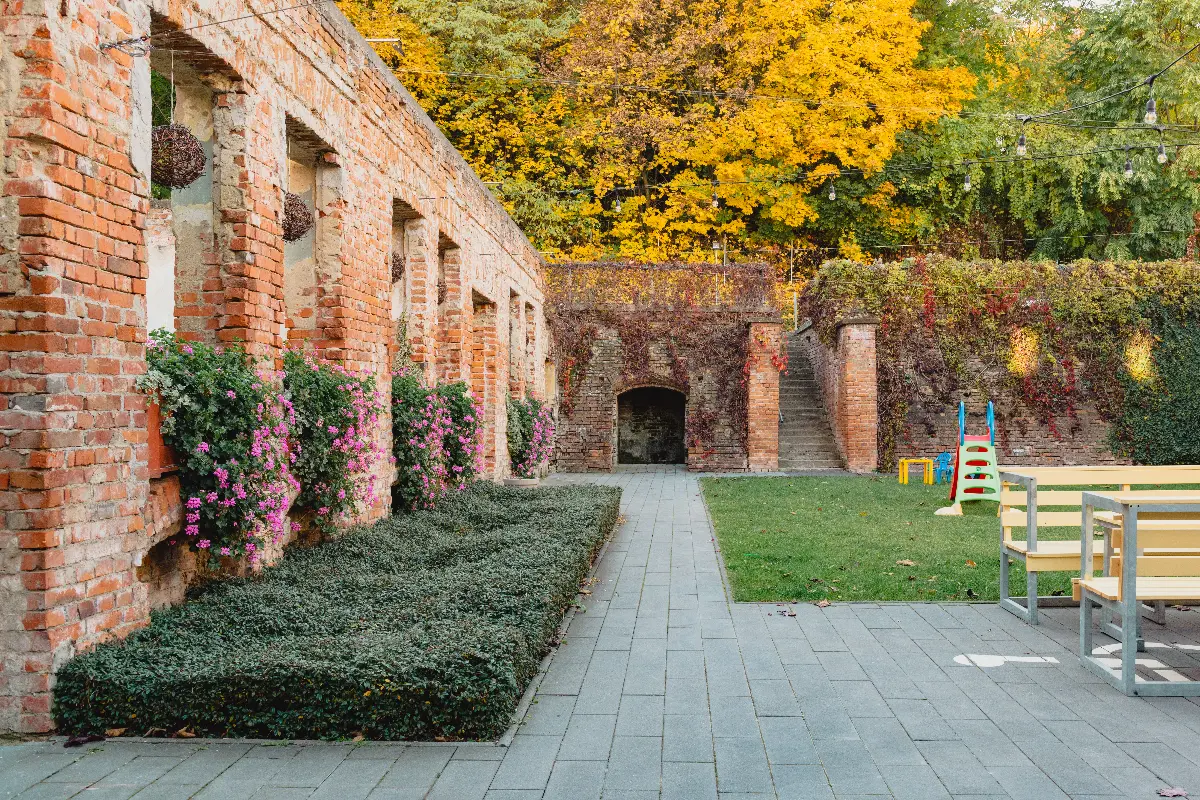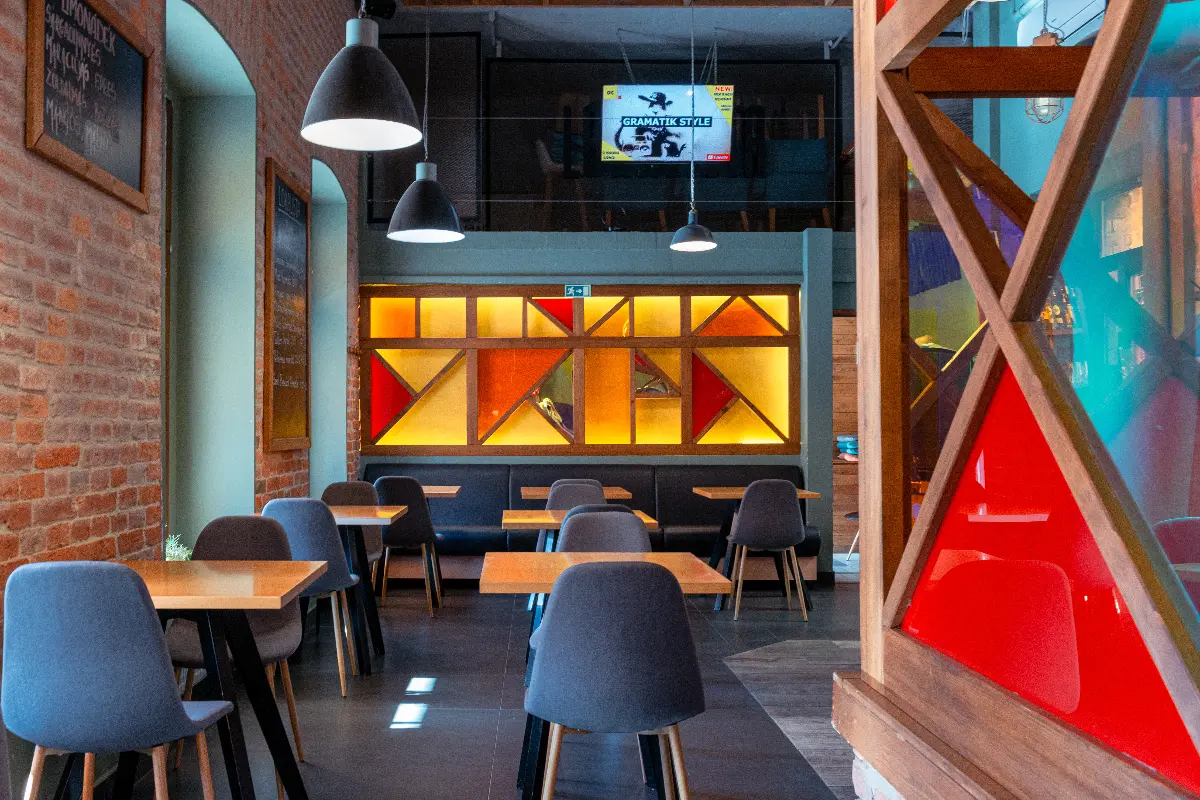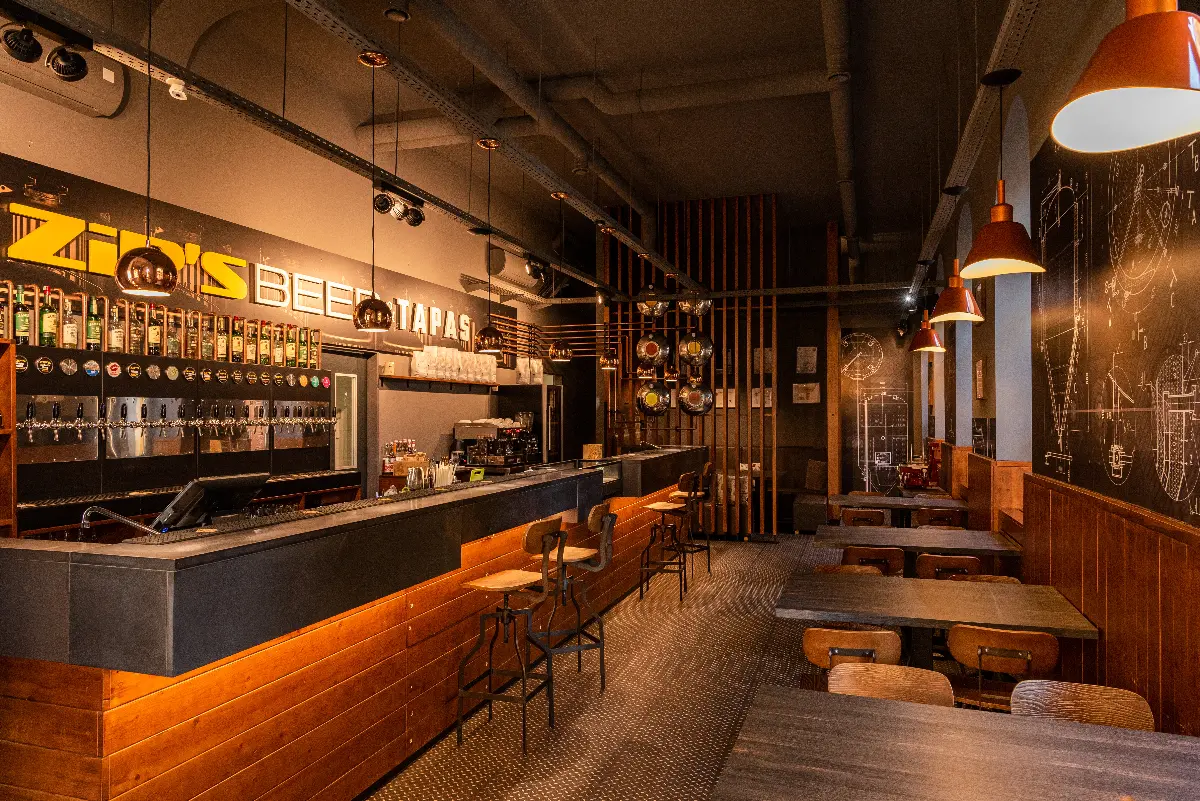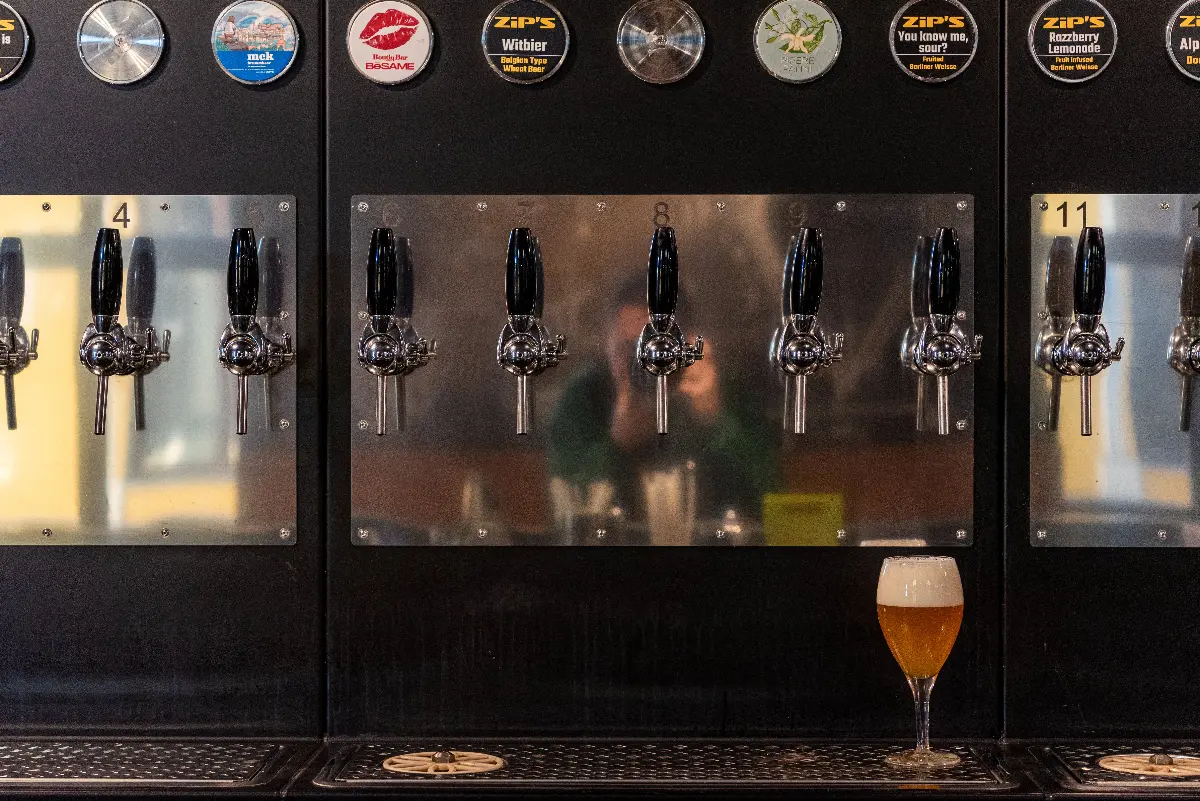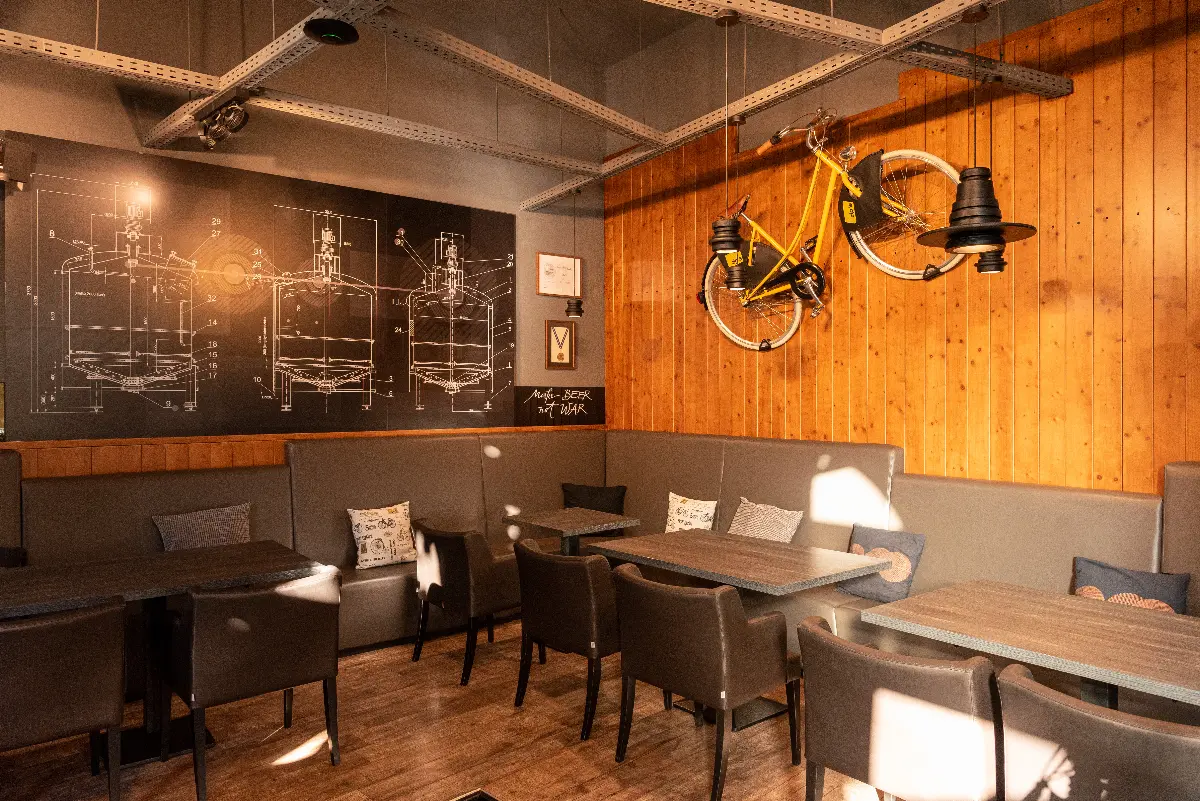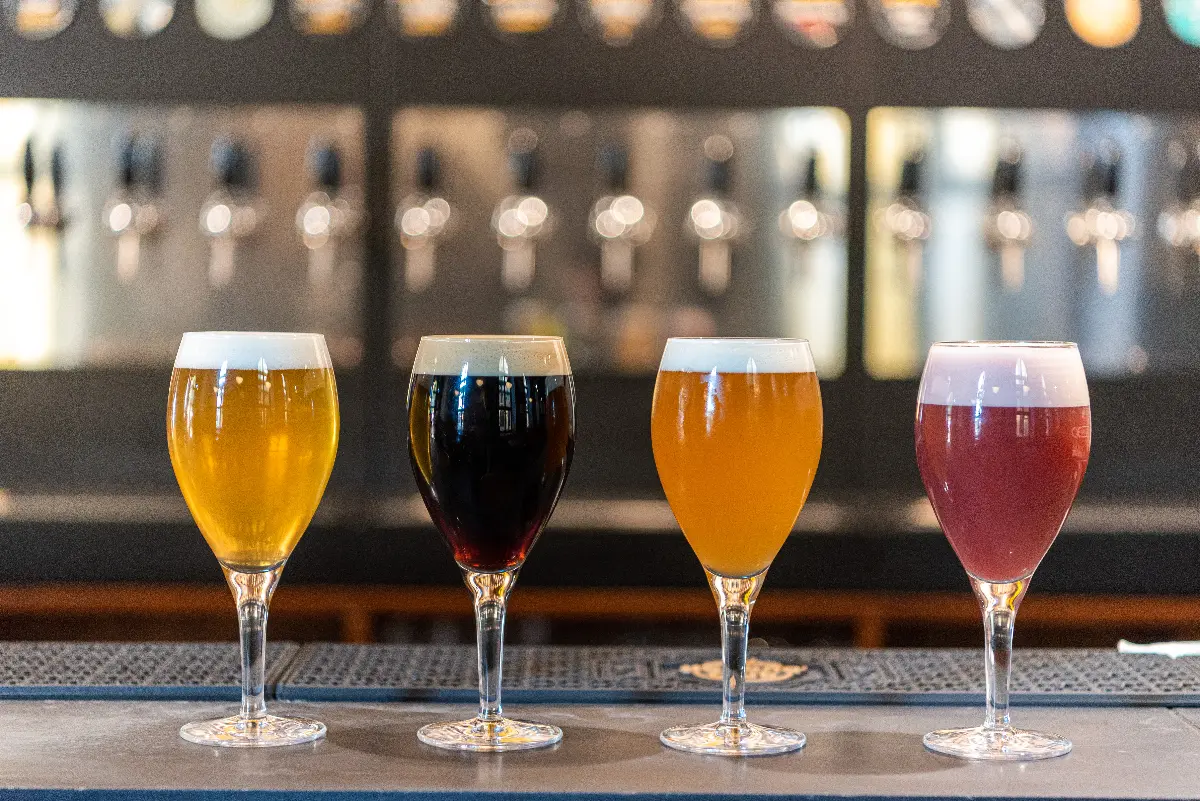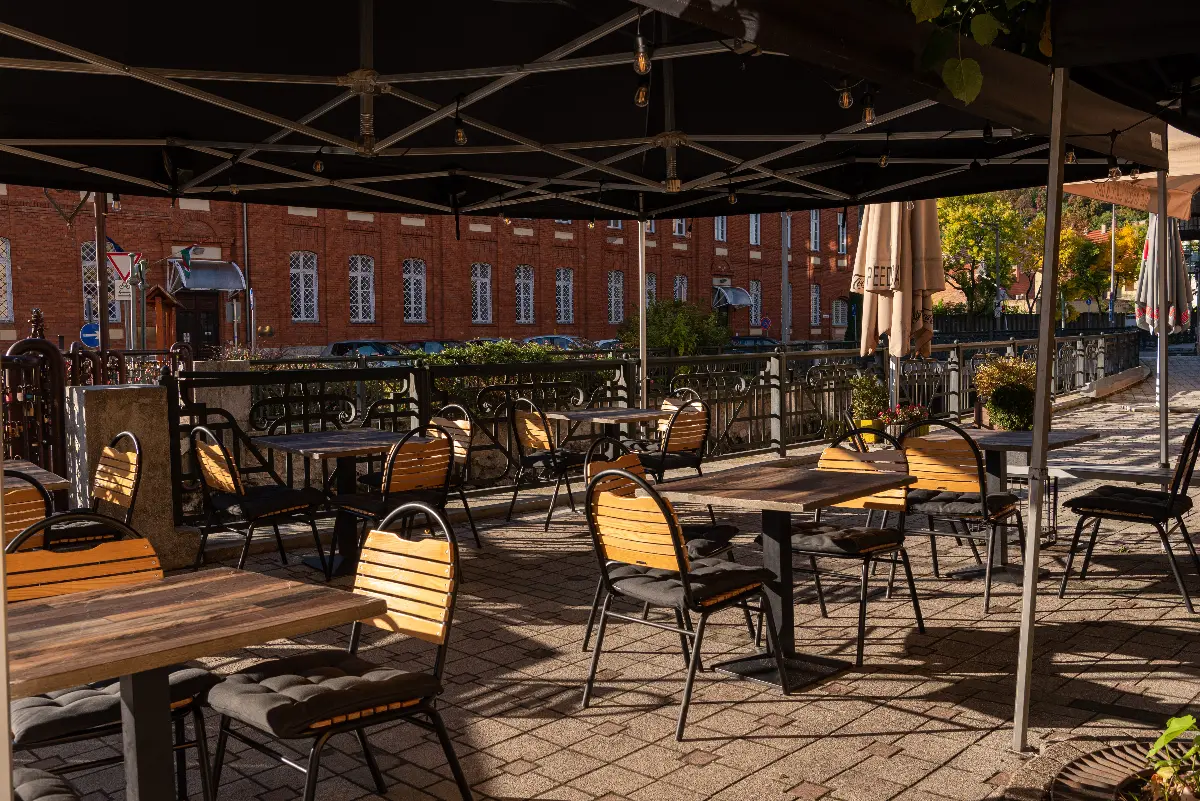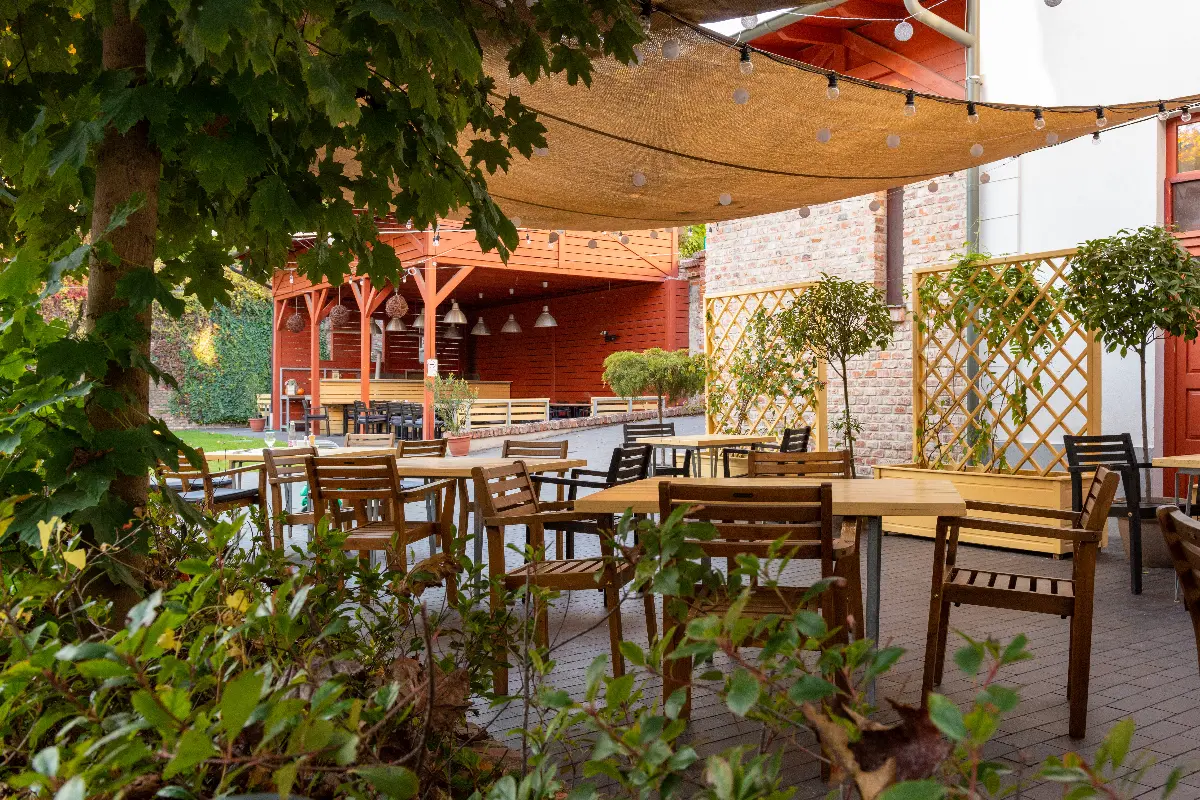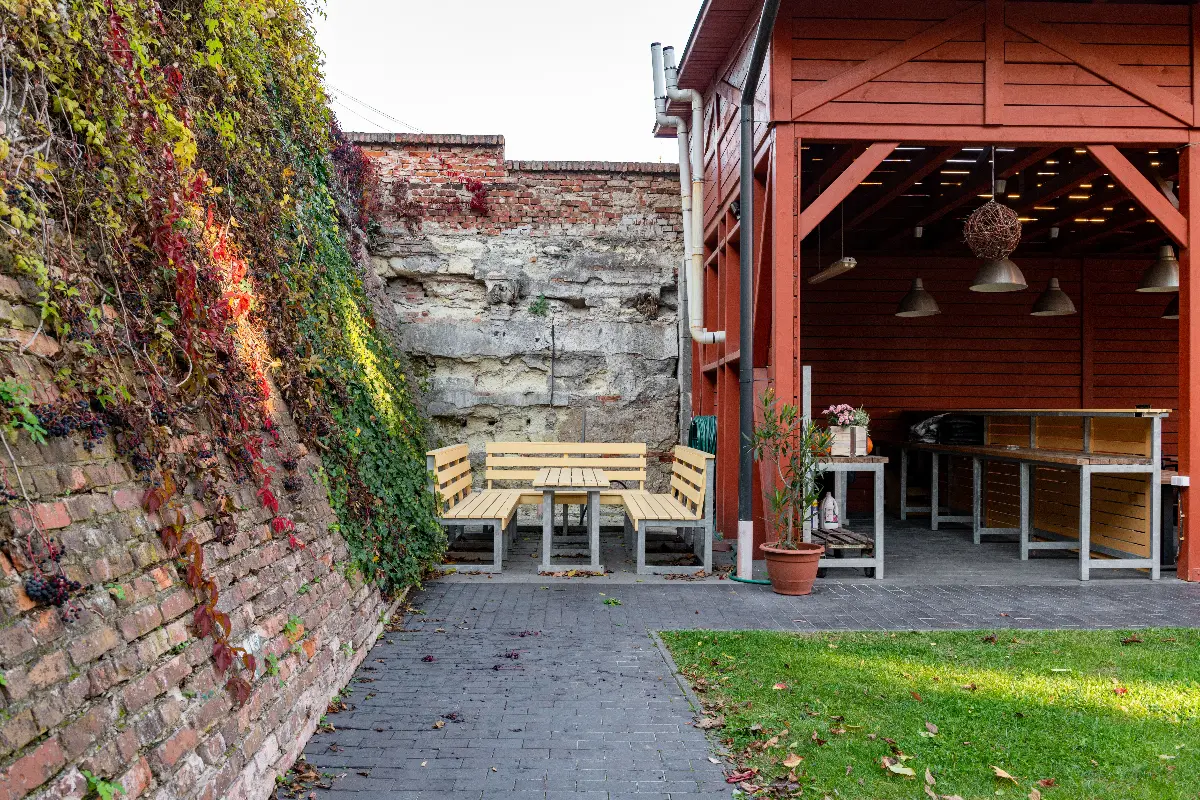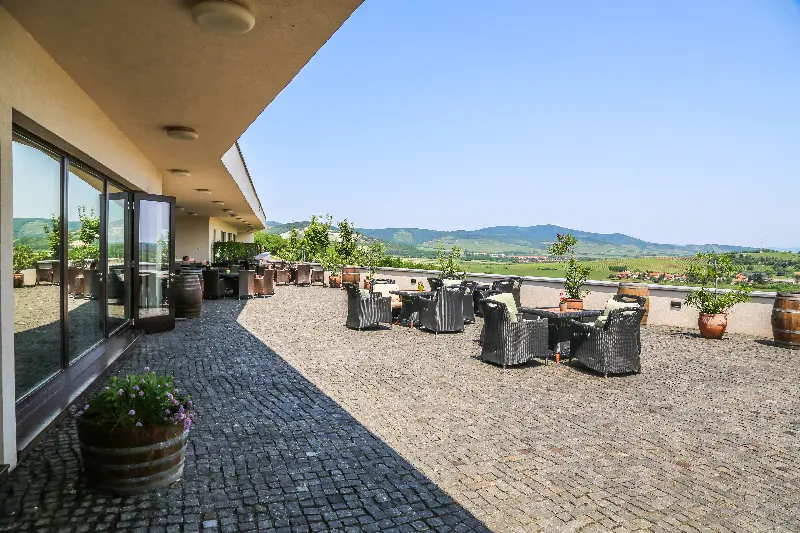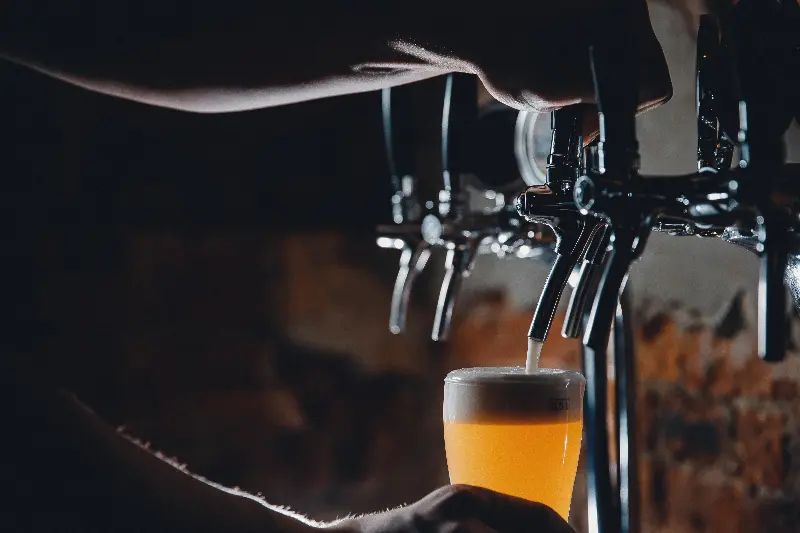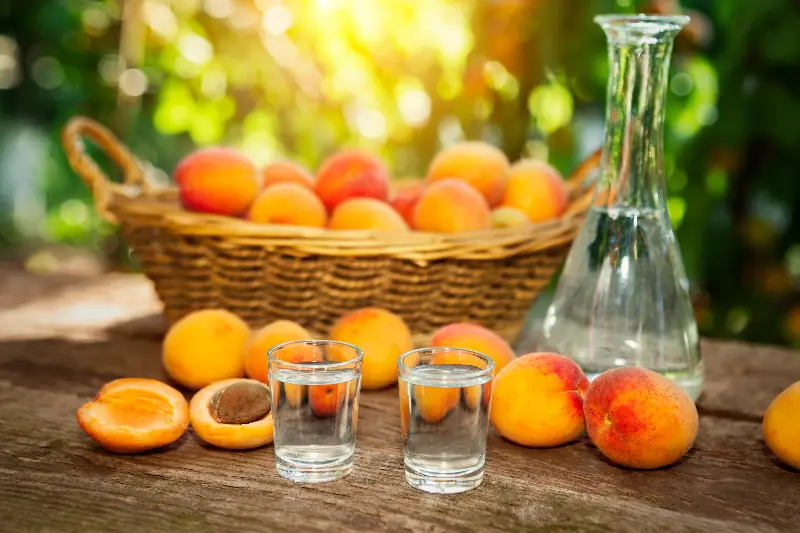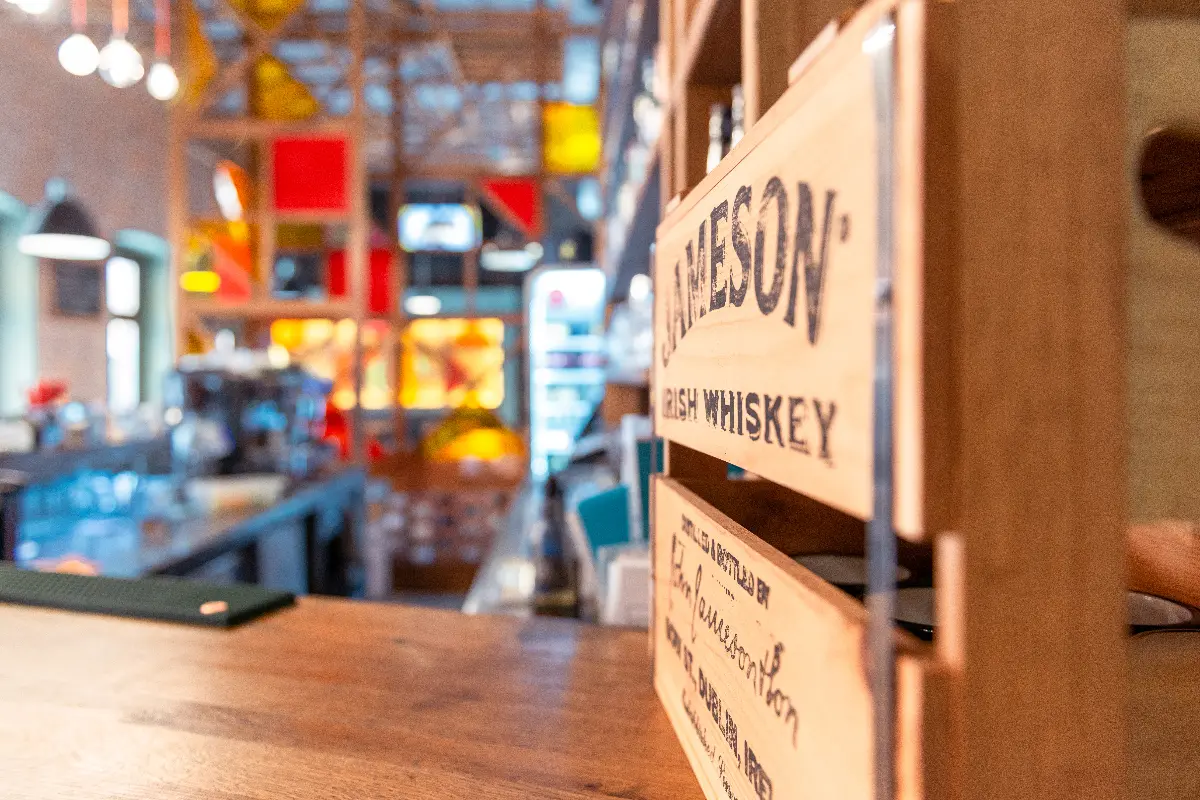
Helyszín címkék:
Travelling by “tuja” (tram) in Miskolc: The “Szinva-terasz” (Szinva Terrace) and places worth walking for
Jászberényi Attila
The year 2014 brought a big change in the life of the town, when the Szinva stream, which runs parallel to the tram line and marks the axis of the long settlement, created a new era in the city centre, emerging from under the concrete sarcophagus not far away but already having its source in the Bükk. The car park behind the main street, which before the sewage system was known as “Little Venice”, has given way to a party district that every big city would wish for. This became the Szinva Terrace, which is very “Miskolc-like”, eclectic, classicist, Art Nouveau and socio-realist, restored but still left to decay, in bright and half light, quiet and loud.
“Lokalista” (Localista)
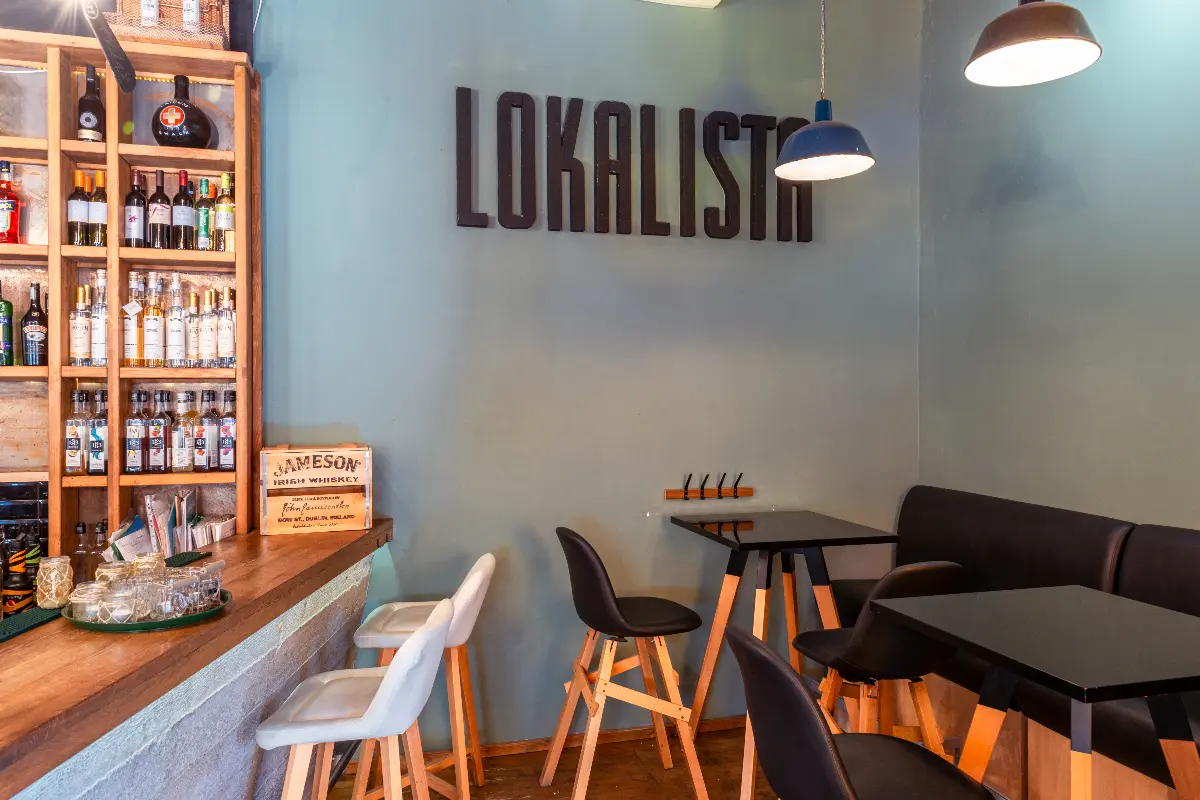
There was nothing here but the back entrance to the shops of “Széchenyi utca” (Széchenyi Street) when two good friends, Gábor Tóth and Dimitrios Koutis, a young Greek man who came to Hungary to study and fell in love with Miskolc, after spending many nights here, got fed up with the fact that “this is closed”, “the kitchen is not open” and “this is no good for anything”. Ideas were forming in their heads, and after an illuminated conversation at dawn, Gábor declared “let's not just talk, let's do it, let's get up tomorrow and see what kind of retail space is available for rent”. A situation that seemed like a good idea at the time, but is usually regretted afterwards, has turned into something good. One of the first spaces to open on the Szinva Terrace is the “Lokalista” (Localista), a curiously-designed place that boldly plays with the words local and localist, eliminating while still preserving the original backyard warehouse and cubbyhole function. The interior, which avoids all plastics and is mostly made of wood and concrete, is both strikingly modern and retrograde. Even a two-ton raw concrete countertop with just the formwork backing would have been “enough material to make a garage”, and no mason could be found to take on the work, which was planned to last a hundred years, except in Hernádnémeti. The brutal material is counterpointed by the colourful cubist rose window dividing the space, which may not be obvious at first glance, but is indeed reminiscent of the initials of the “Lokalista” (Localista). The furnishings are also retro, but the lamps are the key messages: they come from a dismantled factory in Csepel, hung throughout the room, and the vast space of the lavishly painted, azulejo-tiled washrooms is enhanced by the former machine-lighting objects. Despite the ruin bar-like atmosphere, this is not a ruin bar. The city folk come here for coffee in the morning, lunch at noon, and in the evening to listen to some cool Latin jazz, talk and look each other in the eye.
FURTHER AWAY FROM THE STOPS
The iconostasis of the Orthodox Church
Miskolc's secret treasure, the legacy of the former Greek (but actually Macedonian Vlach) colony in the care of the largest Orthodox church history collection in Hungary. Studying the 16-metre-high iconostasis, with its 93 icons, tires the eye; it's hard to find anything like it in Moscow, especially in a Baroque setting, where there is even a dysfunctional pulpit above the icon donated by Catherine the Great, which is believed to have healing powers. Joseph II allowed the construction of the church, which is difficult to find, as it has no exit to the street, just like synagogues. To avoid going around the whole complex, look for the small entrance from “Deák tér” (Deák Square). In the past, merchants lived along the walls, were born and buried here. Here we can breathe in mystical historical air.
“Gofrim” (My Waffle)
The Belgians are known to have given mankind three things: chocolate, chips and waffles. The latter is taken very seriously in Miskolc. The “Gofrim” (My Waffle) even offers an all-natural and revolutionary savoury dough version. There is a wide range of toppings, which are freely variable. Strawberry mousse, chocolate ice cream, salted caramel pudding and similar items would not make it across the threshold of a Brussels Traditionalist Association, but the combo of black forest ham, herbs, rocket, balsamic vinegar and balsamic vinegar would probably cause the same kind of alarm as the first GDR tourist who asked for a langosh with peach jam on the beach in Siófok.
zip’s brewhouse
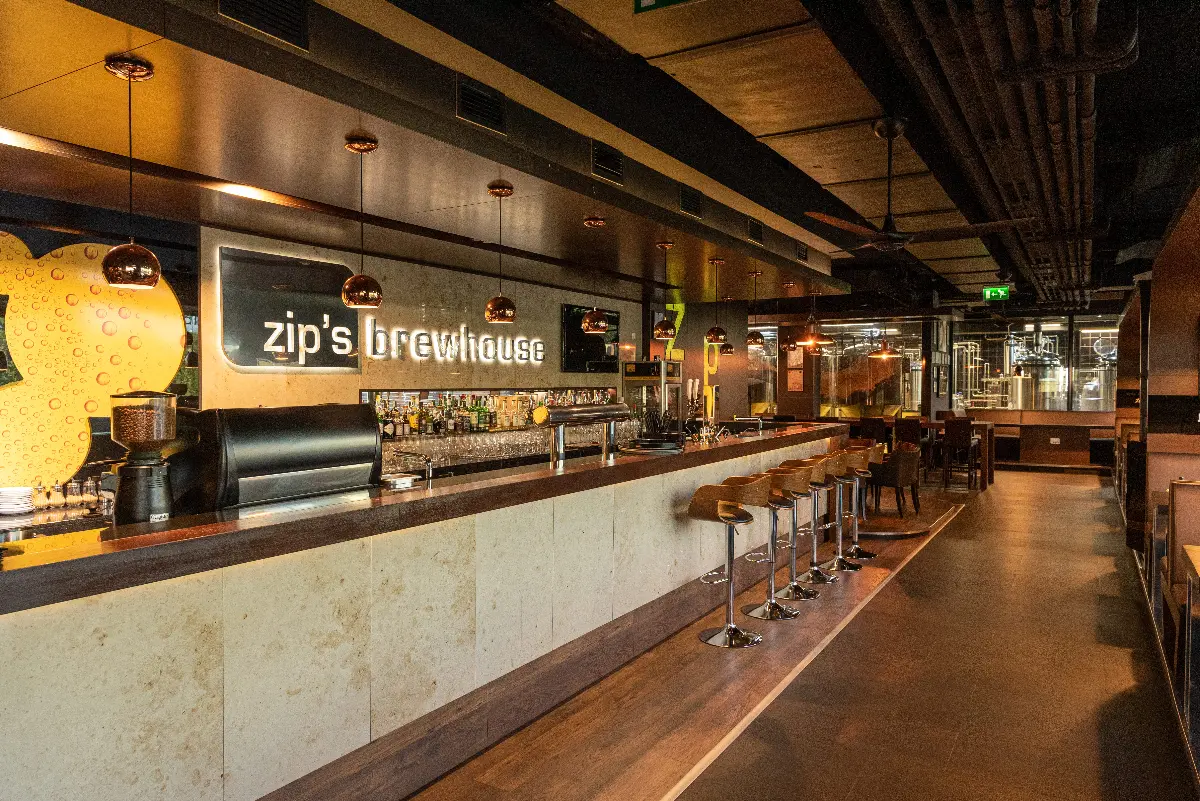
It is actually a beer bar, and what is more, one of the coolest and most innovative breweries in Hungary. And it offers not only beer tasting snacks and tapas, but a proper menu and excellent cuisine. Most of the dishes contain some kind of alcoholic ingredient, they are beer-matured, brown ale-marinated, have wheat-beer-garlic gravy, beer-onion dripping or a whiskey pepper sauce, and the amber nectar, drained by the guests at the table, is a real gift. The interior is predictably modern, contrasted by the steampunk, show-brewing panorama behind the glass wall. It is located a short walk from the city centre, at the bottom of a set of tower blocks.
“Otthonka” (Home)
It is usually described as a café, but it is actually a pub, or cult pub, with a wall to exhibit on, a stage to play music and a room to have a chat. You can ask a priest about current, sensitive church issues while listening to klezmer music, watch documentaries or retro slideshows, play board games, chess, billiards, and enjoy a big living room where everyone comes home.
“Dűlő” (Vineyard)
It is a sign of Miskolc's revival that there is now a challenger for the “Végállomás” (End station) restaurant, which is even located in the city centre. Here too, the quality is a given, the philosophy and the policies are similar: to make a top local cuisine from local ingredients, primarily for local people. They offer mouflon legs, elderberry dripping, rabbit stew, duck tongue, egg noodles, “sztrapacska” and steamed dumplings. The design is minimalist, with Scandinavian simplicity and a neo-baroque sideboard in the corner, the interior and the brick terrace teetering consciously on the border between the local and the fusion of multicultural, bistro and fine-dining.
